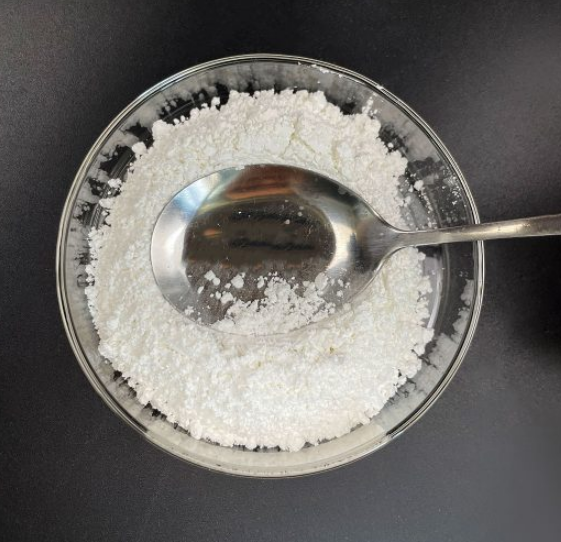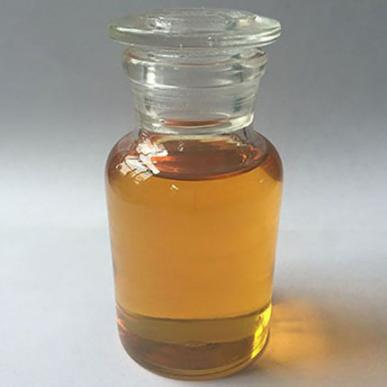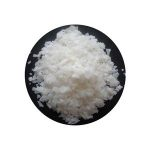1. Introduction
Just 36 hours ago, agricultural researchers at the University of California announced a breakthrough in drought-resistant weed control using a custom surfactant blend featuring sodium lauryl sulfate—proving that this common compound is far from ordinary. While you’ve likely seen ‘SLS’ listed on your shampoo or toothpaste and maybe side-eyed it for being ‘too harsh,’ sodium lauryl sulfate (also known as sodium dodecyl sulfate or SLS sodium lauryl sulfate) is actually a workhorse in some of the most sophisticated corners of science and industry. Forget the bathroom cabinet—today, we’re diving into the lab coats, crop fields, and nanotech cleanrooms where SLS is quietly changing the game.

Before we geek out, let’s clarify the meaning of surfactant: it’s a molecule that reduces surface tension between liquids or between a liquid and a solid. Think of it as a molecular diplomat that helps oil and water stop fighting. Sodium lauryl sulfate is a classic anionic surfactant, meaning it carries a negative charge—unlike cationic surfactants like cetyl trimethyl ammonium bromide (CTAB) or amphoteric ones like cocamidopropyl betaine (also called coco betaine or amidopropyl betaine). And yes, it’s different from sodium laureth sulfate (SLES), sodium lauryl ether sulfate, or laureth sulphate—those are ethoxylated cousins with milder profiles.
2. Supercharging Herbicides in Arid Agriculture
Farmers battling stubborn weeds in water-scarce regions are turning to sodium lauryl sulfate as a secret weapon. When mixed with glyphosate or other weed killers, SLS acts as a surfactant for herbicides, dramatically improving leaf penetration—especially on waxy or hairy plants that normally repel sprays. Unlike non-ionic surfactants like polysorbate 80 or Span80, or bio surfactants like decyl glucoside and coco glucoside, SLS’s strong anionic nature helps break down cuticular barriers fast. In recent field trials, adding just 0.25% sodium lauryl sulfate to herbicide solutions increased efficacy by up to 40% in dry conditions, outperforming even methylated seed oil and lignin sulfonate blends. For lawn care pros, this makes SLS a potent wetting agent for grass—essentially a lawn wetting agent that ensures every drop counts.

3. Building Nanostructures with Precision
In materials science labs, sodium lauryl sulfate isn’t just cleaning glassware—it’s templating nanomaterials. Researchers use SLS to control the self-assembly of metal-organic frameworks and even synthesize uniform copper 1 bromide nanocrystals. Its consistent micelle formation (thanks to that dodecyl alcohol backbone) provides a scaffold for nanoparticles to grow evenly. Compared to fluoro surfactants or ethoxylated alcohols, SLS offers a cost-effective, water-soluble alternative with predictable behavior. Bonus: it plays well with other surfactants. Mix it with amphoteric cocamidopropyl or nonionic Pluronic 127 (poloxamer 188), and you get hybrid systems that fine-tune particle size and stability—critical for drug delivery or catalysis.

4. Boosting Protein Analysis in Biochemistry
Ever heard of SDS-PAGE? That’s sodium dodecyl sulfate polyacrylamide gel electrophoresis—the gold standard for separating proteins by molecular weight. Here, sodium lauryl sulfate (yes, same compound!) denatures proteins and imparts a uniform negative charge, allowing clean migration through gels. It’s irreplaceable because alternatives like sodium deoxycholate or sodium oleate don’t provide the same linearity. Even amid newer options like sodium lauroyl sarcosinate or sodium cocoyl isethionate, SLS remains the go-to for reproducibility. And while sodium cocoyl glutamate or alkyl polyglucoside may be gentler on skin, they simply can’t match SLS’s protein-unfolding power in the lab.
5. Enabling Green Formulations Without Sacrificing Performance
Sustainability doesn’t mean going weak. Formulators are blending sodium lauryl sulfate with eco-friendly partners like sodium coco sulfate (sometimes labeled coco sodium sulfate) or lauroyl sarcosinate to create high-foaming, biodegradable cleaners that still cut grease. These hybrid systems leverage SLS’s strong detergency while softening its profile with amphoteric or non-ionic co-surfactants. For instance, pairing SLS with coco amido propyl betaine reduces irritation without losing cleaning power—ideal for industrial degreasers or eco-label shampoos. Companies like Rohit Surfactants Private Limited are now offering tailored SLS blends that meet both performance and environmental benchmarks, proving that ‘sls sulfate’ isn’t the villain—it’s a versatile tool.
6. Where to Source It—and What to Avoid
Need sodium lauryl sulfate for sale? It’s widely available from chemical suppliers, but quality matters. Look for high-purity grades if you’re working in pharma or nanotech—impurities can wreck your micelles. Also, don’t confuse it with ammonium lauryl sulfate (ALS) or ammonium dodecyl sulfate, which behave similarly but have different pH profiles. And while sodium laureth (SLES) is often mistaken for SLS, remember: SLES is ethoxylated, making it milder but less effective in hard water or high-temperature applications. Whether you call it na lauryl sulfate, natrium lauryl sulfate, or sls sodium, know your chemistry—and your use case.
7. Conclusion
From boosting herbicide uptake in parched fields to enabling life-saving protein diagnostics, sodium lauryl sulfate proves that the most ‘basic’ surfactants often power the most advanced applications. It’s not about avoiding SLS—it’s about using it wisely, in the right context, and often alongside smarter surfactant partners like alkyl polyglucoside, cocamidopropyl betaine, or nonionic surfactant blends. So next time you see ‘sodium lauryl sulfate’ on a label, give it a nod of respect—it’s probably doing far more than just making bubbles.
Our Website founded on October 17, 2012, is a high-tech enterprise committed to the research and development, production, processing, sales and technical services of ceramic relative materials such as 5. Our products includes but not limited to Boron Carbide Ceramic Products, Boron Nitride Ceramic Products, Silicon Carbide Ceramic Products, Silicon Nitride Ceramic Products, Zirconium Dioxide Ceramic Products, etc. If you are interested, please feel free to contact us.


